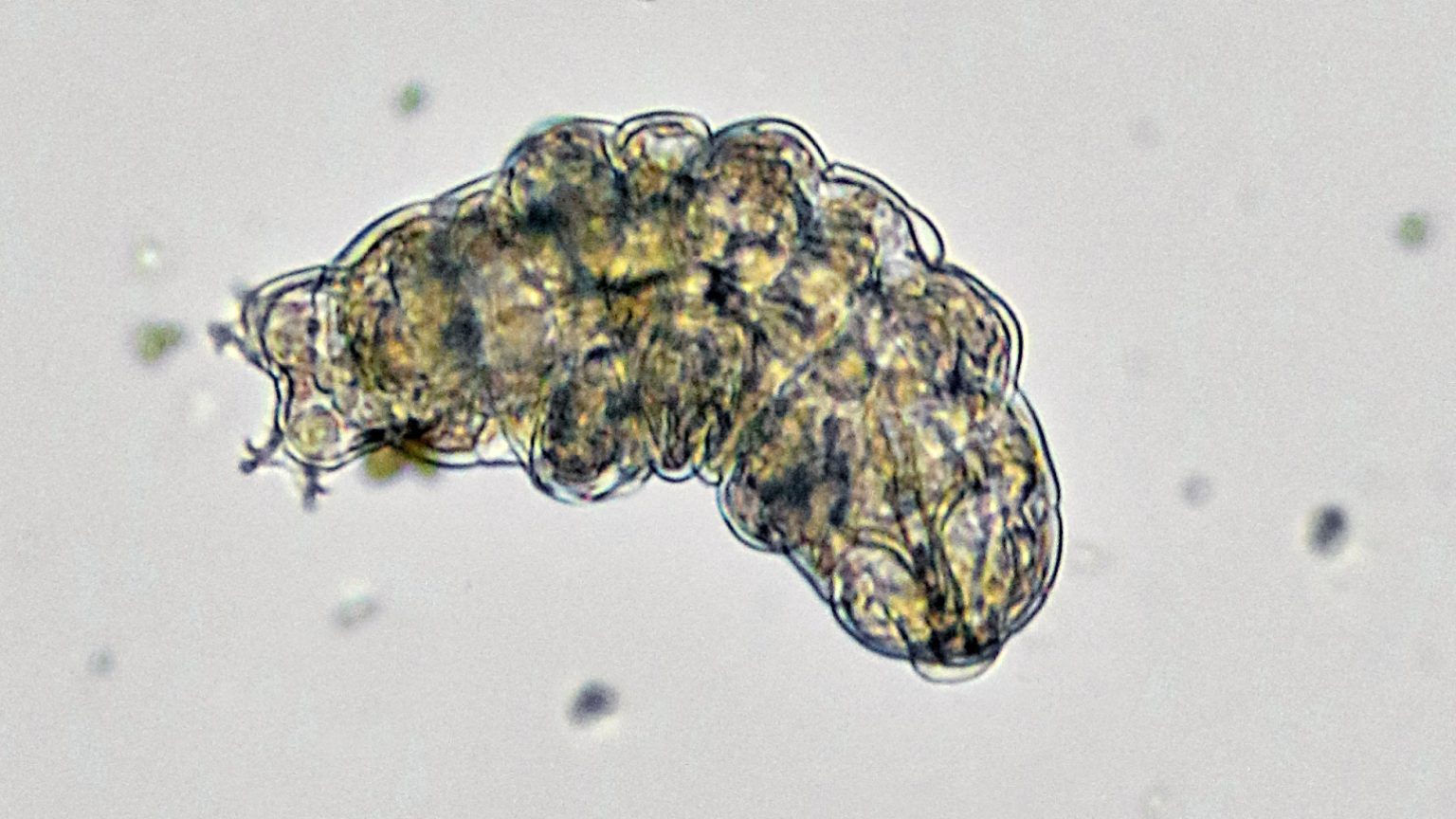DANIEL C. ESTY: So genomics, the idea that we can intervene with the genome of not just humans but any species in a way that might harden that species, improve it's resilience to threats like climate change or make it more amenable to various medical approaches so as to ensure there's a reduction of harm. And it can also be used in plants, for example, to speed up the growth pace and otherwise to provide ways to help harden the species or improve a species contribution to the response to climate change.
So many aspects of society have been transformed by technology breakthroughs in the last couple of decades. And I would argue that the environmental arena broadly and climate change in particular had seen very little of that brought to bear despite an urgent need. And I do think suddenly that's changing. We now have a number of people that are looking at various aspects of the technology world and saying how might this help us achieve a sustainable future. And that is very much a focus of the Better Planet book with a number of authors putting forward both technologies and frames of thinking that might move us towards a climate change answer. One of the most important aspects of this in my mind is the concept of genomics, of thinking about how we do genetic modification as a strategy for improving sustainability. And the chapter in our Better Planet book that lays this out offers examples both in terms of human exposure to public health threats broadly and to climate change in particular and understanding how we might well be able to address individual exposures that differ from the general public with genomic intervention in the future sparing people pain and suffering they might otherwise face.
And perhaps even more interesting there are very significant ways that we might see genomic progress in addressing the plant and animal world. I'm thinking in particular of forests which could be a critical sink for carbon dioxide and I do think there are ways that we can make forests grow faster and perhaps serve more successfully as a sink for those greenhouse gases ensuring a better response to the problem and getting us to think about both mitigation, reducing emissions, but also the ability to set up nature as part of the solution absorbing those carbon emissions.





